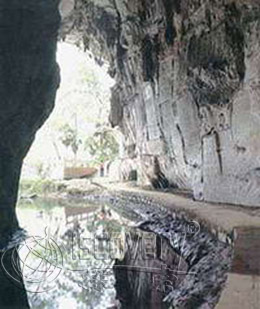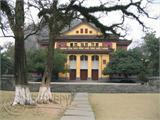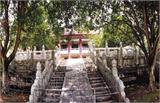Guihai Stele Forest Museum - Guilin's historical culture
Guilin is a historical and cultural city with a brilliant and splendid history. The beauty of Guilin's landscape is known throughout the world, adding another globally recognized brand to Guilin’s tourism culture.
The stone inscriptions in Guilin are mostly engraved on natural mountain rocks as cliff-side engravings, with the earliest ones dating back to the Sui Dynasty. By the Tang Dynasty, as Guilin's politics, economy, and culture developed, more scholar-officials began arriving in Guilin. In their spare time from official duties, they immersed themselves in the mountains and rivers, exploring the wilderness, expressing their emotions, choosing stones to leave inscriptions, thus establishing a trend for cliff-side engravings. Through the Song, Yuan, Ming, and Qing Dynasties, almost every famous mountain and scenic waterway in Guilin had stone inscriptions. The writings were mostly authored by scholars, with elegant and recitable words, and calligraphy that exudes a sense of soaring ambition. Among these, the verses praising the natural landscapes added boundless charm to the natural scenery. Through the appreciation and inscription of generations of stone carvings, Guilin's landscapes have become renowned for being the "best under heaven," earning fame across the country; and Guilin's stone inscriptions have formed a grand view of cliff-side engravings, with the Tang and Song Dynasties' inscriptions being most prominent in Guilin. Approximately two thousand of these inscriptions have been preserved to this day, making Guilin the top location for cliff-side stone inscriptions nationwide. They can be considered an encyclopedia of Guilin's history and culture, and a precious treasure house of Chinese painting and calligraphy art. They are also a national key cultural relic protection unit.




